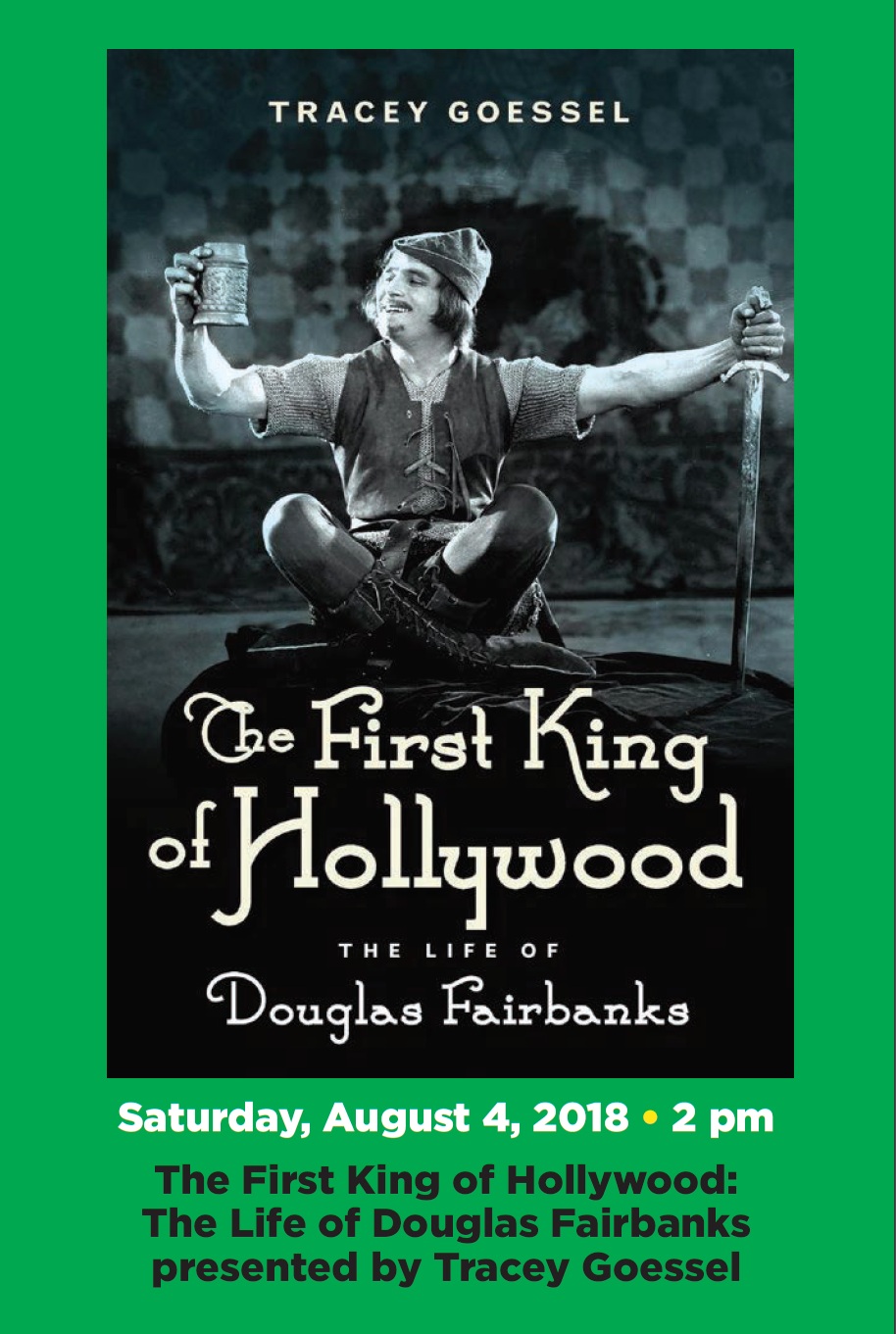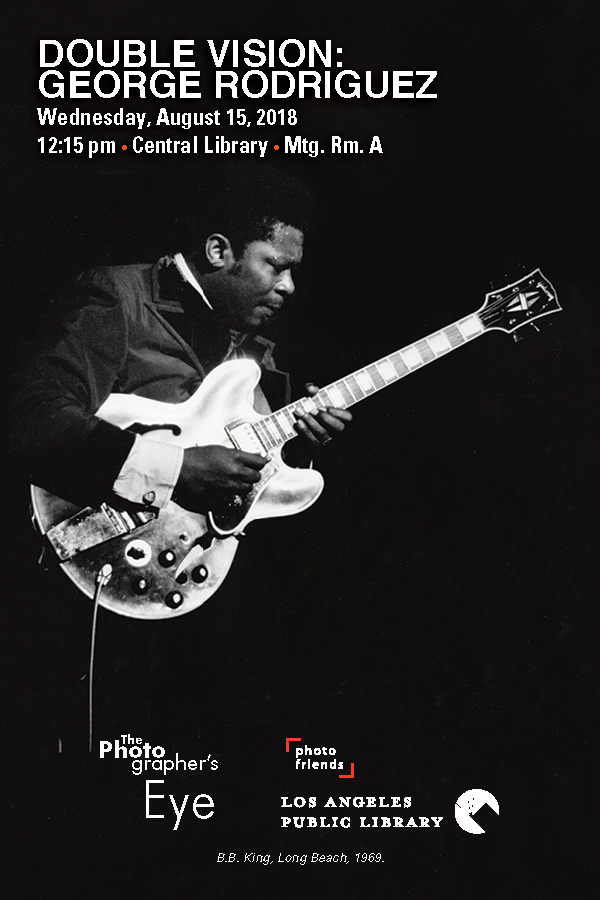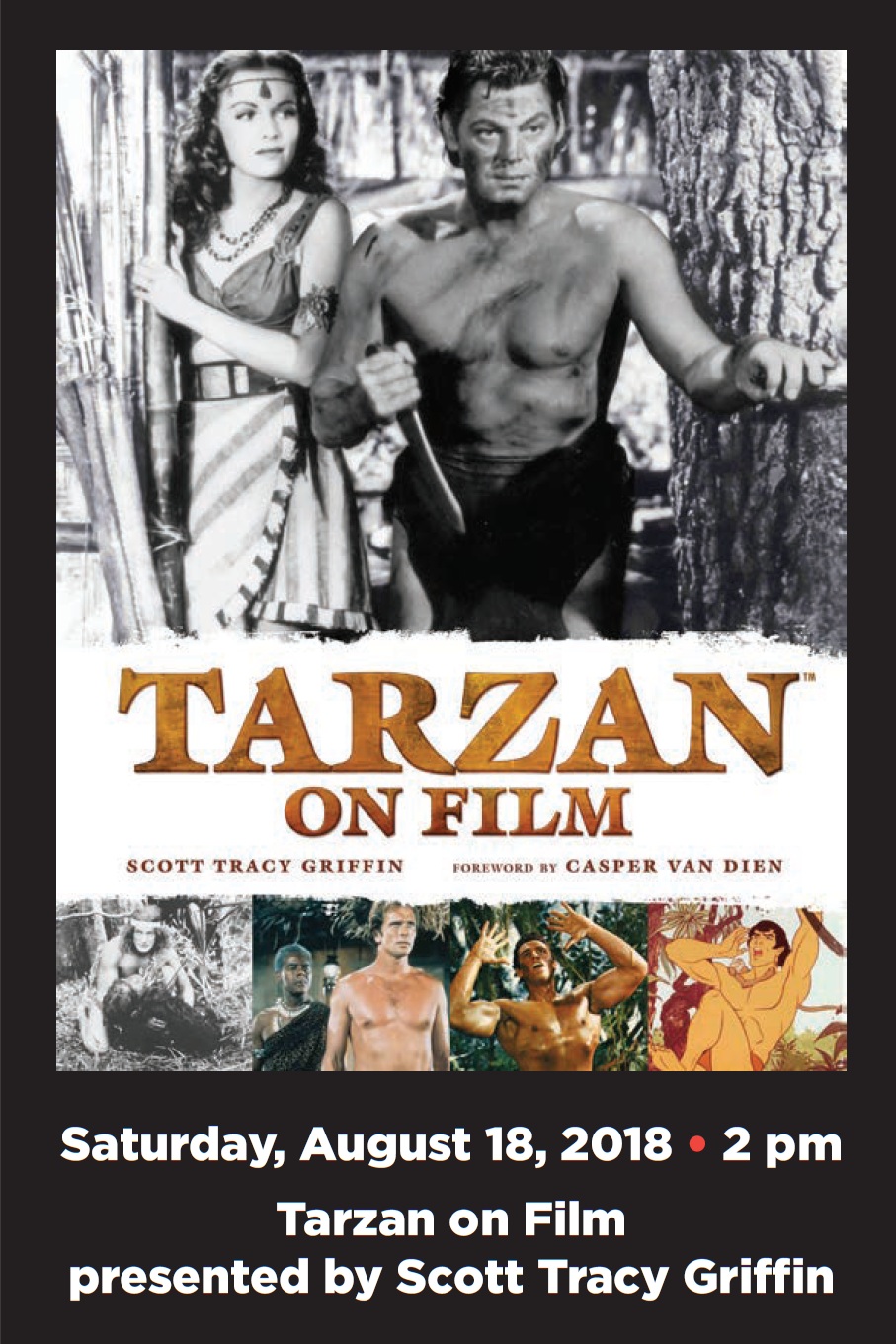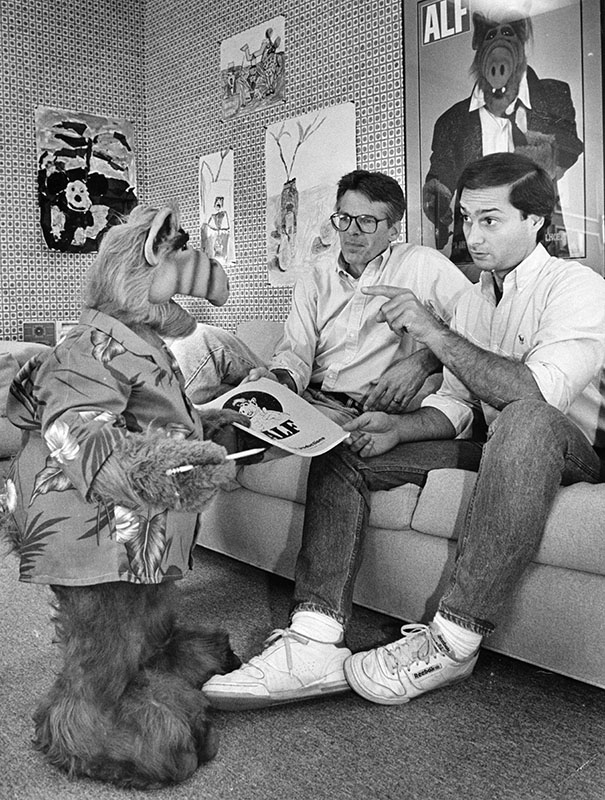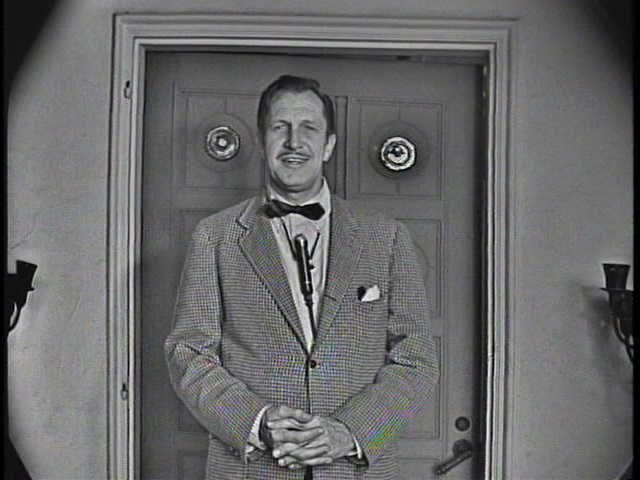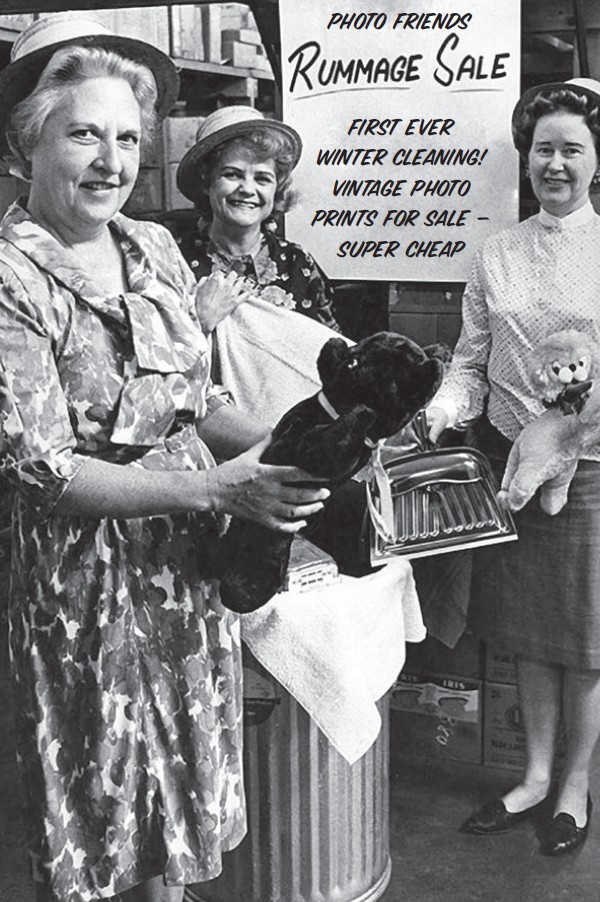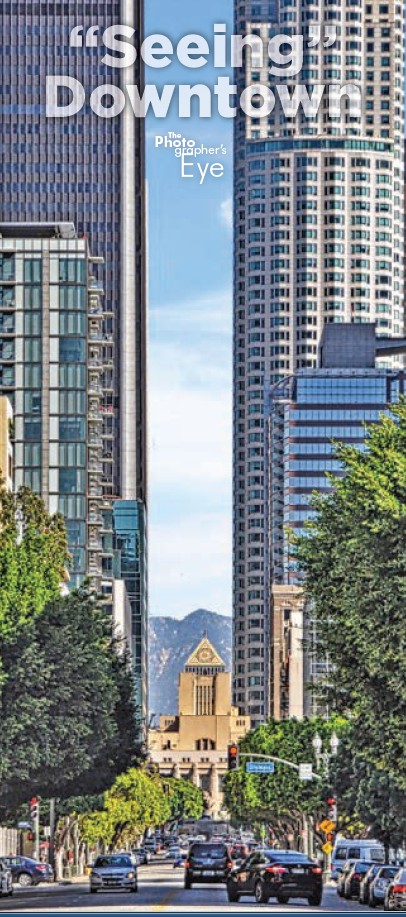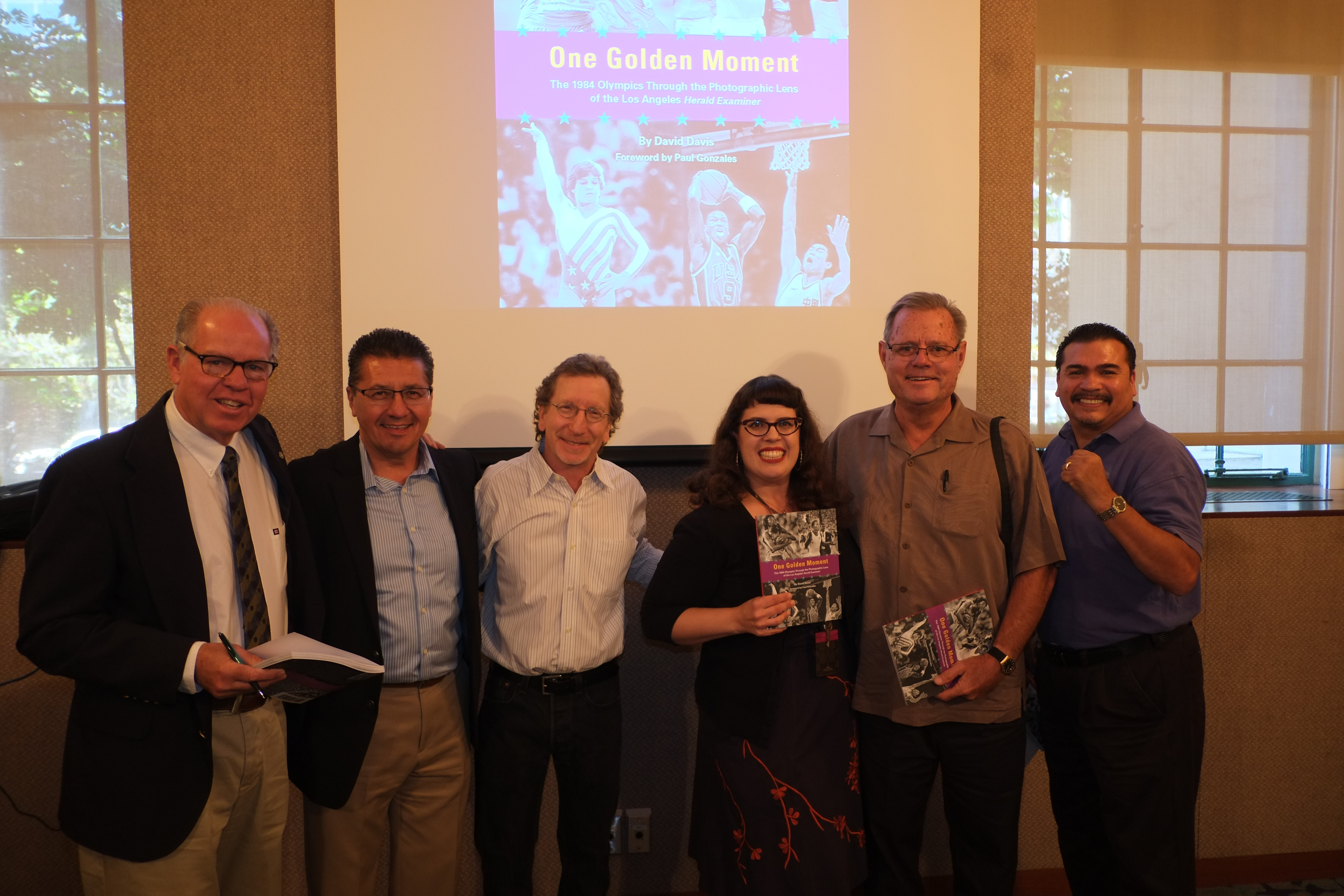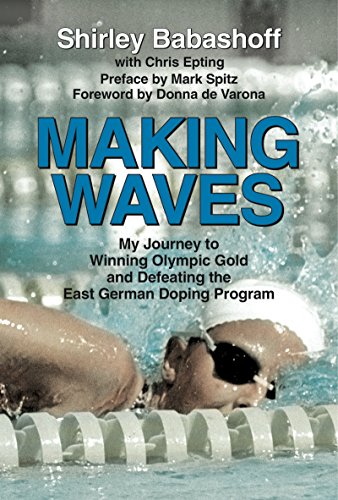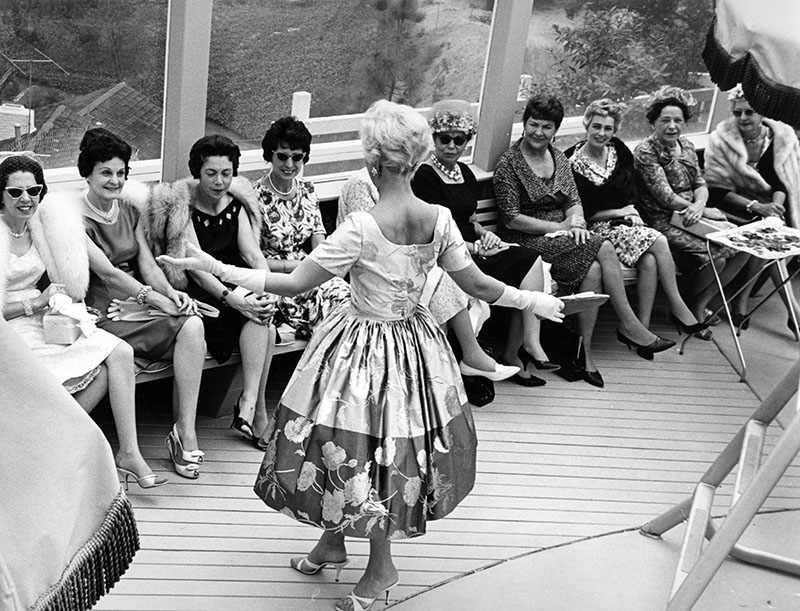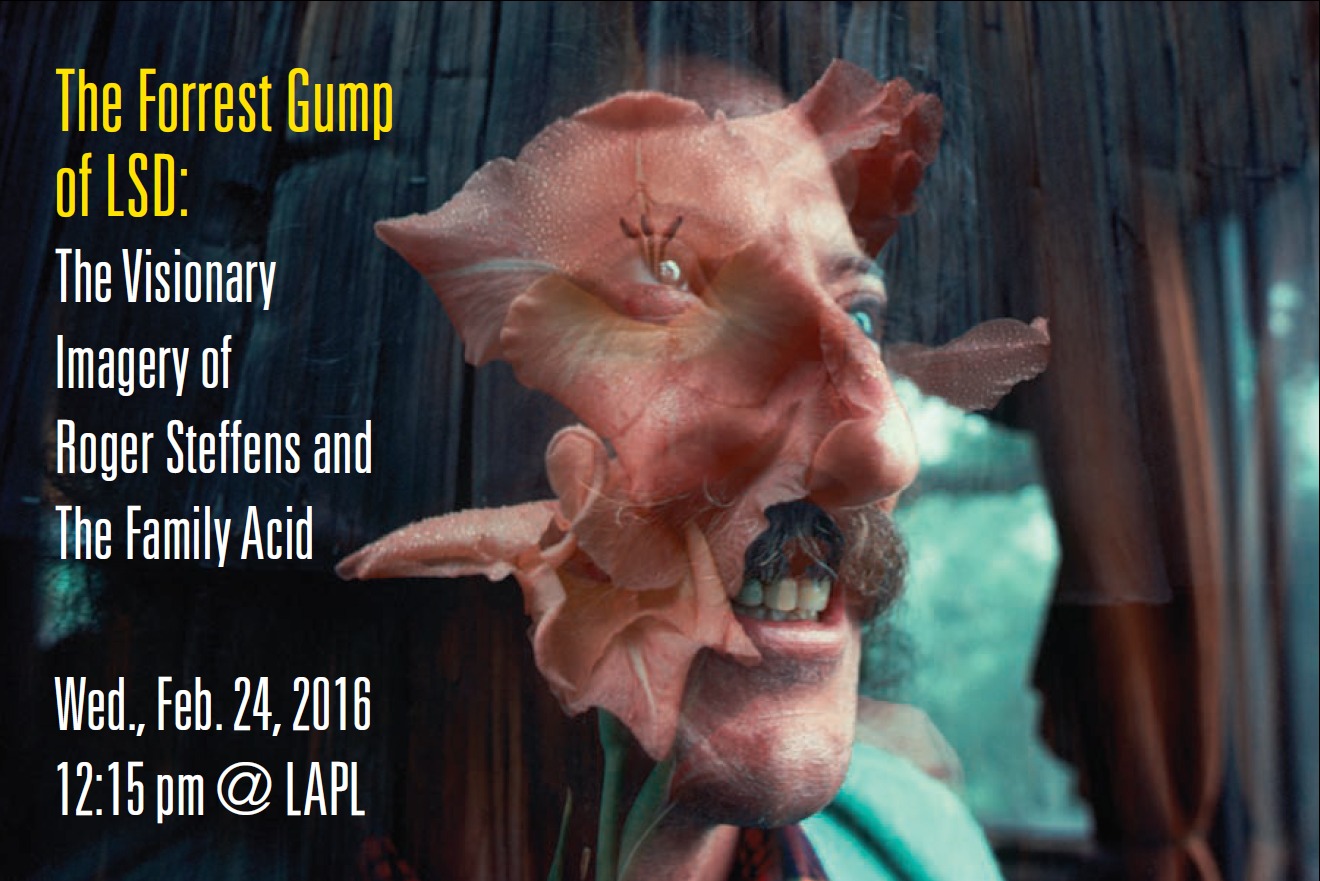Looking for the perfect gift for the Los Angeles history fan in your life? Photo Friends has you covered!
Here’s a snapshot of the eight books we’ve published, all highlighting images from the Los Angeles Public Library Photo Collection! All are available for purchase on Amazon or at the Library Store and proceeds benefit Photo Friends and the Photo Collection.
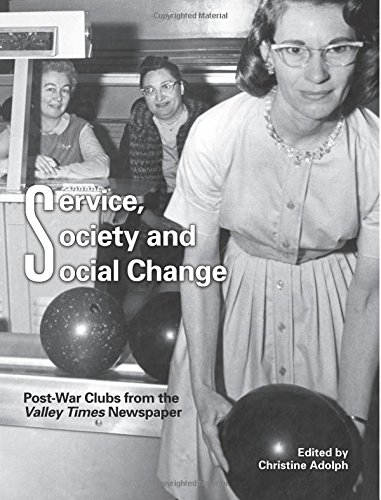
The post-War San Fernando Valley was the quintessential American suburb. With the availability of affordable housing and jobs from the thriving aerospace, aircraft, and manufacturing industries, the Valley’s population boomed. The promise of prosperity inspired new opportunities for leisure time, family life and civic engagement. Membership in social and service clubs soared. Whether people united through shared identities or shared interests in hobbies, civics or philanthropy, the prevalence of club life defined the Valley’s growing community. The Valley Times newspaper, published from 1946 to 1970, documented the changes to the Valley’s physical landscape through suburban development, but also revealed how social networks impacted society. This latest entry from Photo Friends Publications accompanies the exhibit “Service, Society and Social Change: Post- War Clubs from the Valley Times Newspaper” (July 7, 2016 – January 15, 2017) and presents a sampling of images from the Valley Times photo archive, now held at the Los Angeles Public Library. Through the lens of the Valley Times photographers, we are presented with a unique visual history of the ways people connect to build a community.
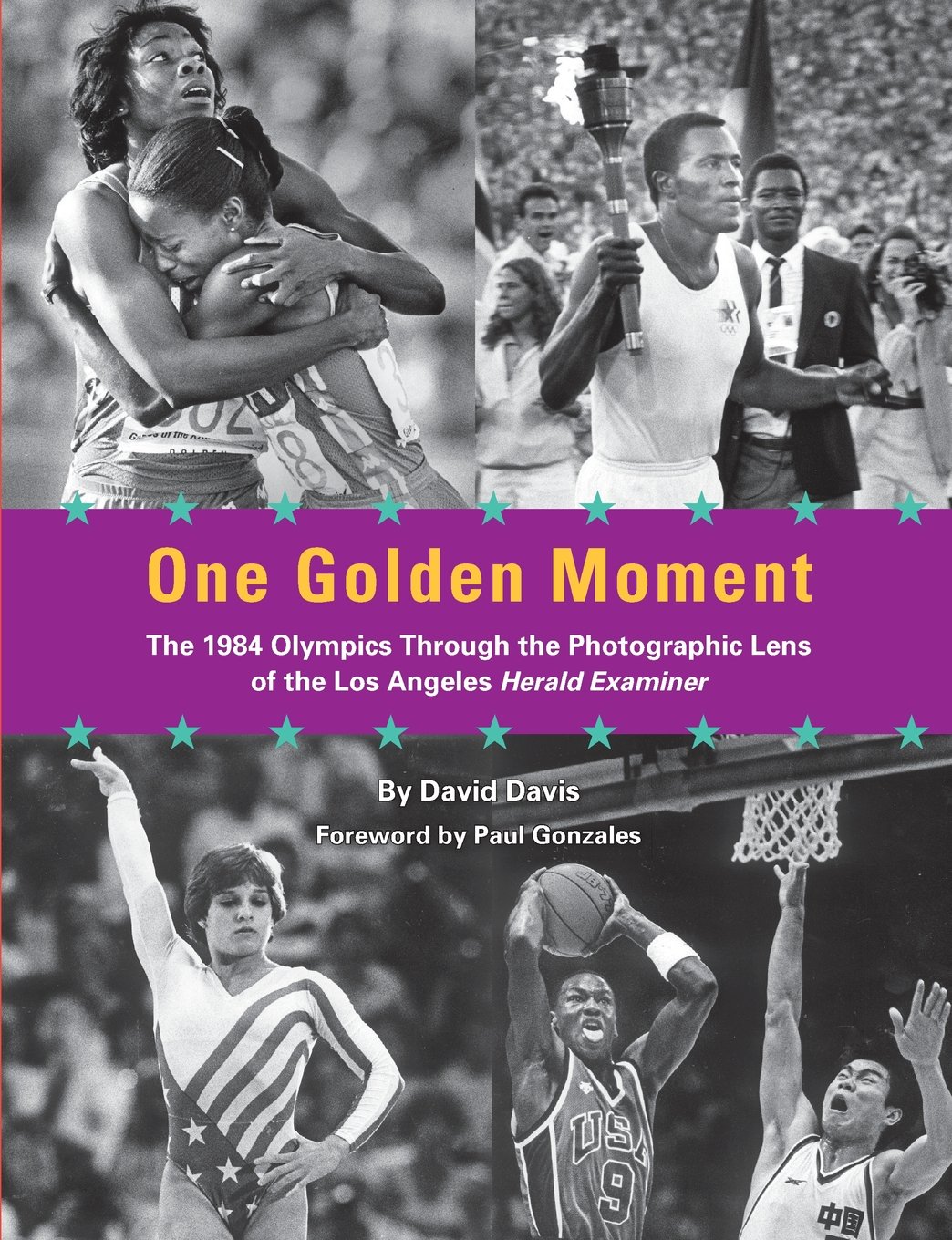
In the late 1970s, the Olympic Movement was in deep trouble. When the International Olympic Committee called for candidates to host the 1984 Summer Olympics, only two cities expressed interest: Tehran and Los Angeles. And, after Tehran dropped out of the bidding process, L.A. was left to carry the flickering Olympic torch. Naysayers predicted disaster: the traffic would be snarled and the smog suffocating; the Games would bankrupt the city of L.A. and terrorists would harm innocent people. But L.A. proved everyone wrong. The weather cooperated, and the traffic was smooth sailing. An ambitious Arts Festival drew appreciative crowds, and pin trading became an unofficial Olympic event. And, who could not be thrilled by the record-setting performances of Carl Lewis, Evelyn Ashford, Edwin Moses, Joan Benoit, Daley Thompson, Mary Lou Retton, Greg Louganis, and Cheryl Miller? This book chronicles the 1984 Los Angeles Olympics through the extraordinary photographs taken by the staff at the Herald Examiner newspaper, a collection now held at the Los Angeles Central Library: from the preparations before the Games to the Opening Ceremony to the wondrous athletic performances to the Closing Ceremony. The 1984 Olympics were a golden moment in these photographers’ careers as well as for the city of Los Angeles.

Civil Rights took shape in 1960s Los Angeles as African Americans broke color barriers and began to occupy positions in government. Progress during this time extended past politics, to the realm of entertainment, commerce, public service and activism. It is in the midst of this exciting time that Rolland J. Curtis (right) took thousands of photographs while serving as a Field Deputy for Council Members Billy Mills and Tom Bradley. Curtis’ images provide a unique view of the African American experience in South Los Angeles during this time. This book presents a sampling of Curtis’ photographic archive, now housed at the Los Angeles Public Library, as well as a glimpse at some of the city’s black leaders of the period. Some famous, some forgotten, these individuals were true trailblazers: the first, second, or third African Americans in the history of Los Angeles to accomplish their feats.

Los Angeles has always enjoyed a tremendous amount of diversity, both culturally and geographically. In the 1980s, these varied ethnic and socio-economic backgrounds combined with the environmental influences of the beach, suburbs, or inner-city created an astoundingly unique and memorable period for popular music with L.A. at the epicenter. Culled from the Los Angeles Public Library’s Herald Examiner photo archive and the Gary Leonard Collection, LAPL and Photo Friends present a glimpse into a decade that produced scores of hit singles, showcased strikingly diverse genres and generated tremendous excitement. The exhibit From Pop to the Pit: LAPL Photo Collection Celebrates the Los Angeles Music Scene, 1978-1989 and companion catalog relive an extraordinary time in music history with rarely seen images of the bands that helped define the era.

During its history, the area of Downtown Los Angeles known as Bunker Hill has been viewed in many different ways; inaccessible, upscale, run-down, blighted, erased, renewed. These perceptions over the decades have always been open to interpretation and either agreed with or challenged. An area that has been subject to more change than any other place in the city, it has arguably invoked more passion and reverence than any other Los Angeles neighborhood, while inspiring equal amounts of disdain.
Bunker Hill in the Rear-View Mirror: The Rise, Fall, and Rise Again of an Urban Neighborhood, an exhibit at the Los Angeles Public Library’s Central Library on display from April 2015 – April 2016, uses photographs, news articles, recollections and unique ephemera from LAPL Special Collections to illustrate the complex story of Bunker Hill, from its heyday in the 1880’s to its redevelopment in the 1960’s and 70’s. Curated by librarians Christina Rice, Photo Collection, and Emma Roberts, Art & Music/Rare Books, the exhibit is enhanced by this companion catalog with contributing essays by Adrian Scott Fine, Nathan Marsak, Merry Ovnick, Meredith Drake Reitan, and Donald R. Spivack.

Agness “Aggie” Underwood never intended to become a reporter—all she really wanted was a pair of silk stockings. When her husband told her they couldn’t afford them, she threatened to get a job and buy them herself. Those silk stockings launched a career that started with Aggie at the switchboard of the Los Angeles Record newspaper in 1926, and ended more than four decades later when she retired as City Editor of the Los Angeles Herald Examiner. As a reporter for the Los Angeles Evening Herald and Express (later, Herald Examiner), Aggie not only reported on crimes throughout the city, but sometimes helped solve them. Using quick wit and intuition, Aggie helped her newspaper live up to its motto “The First with the Latest.” Through the Los Angeles Herald Examiner’s photo archive, now held by the Los Angeles Public Library, the cases Aggie covered are more than just faded headlines, but come to life in light and shadow. This catalog of nearly 100 images, which compliments an exhibit at the Los Angeles Public Library’s Central Library gives a brief overview of Agness Underwood and some of the cases she covered.

The popular view of women in the years following World War II has come to be of homemakers like television’s Donna Reed and June Cleaver who maintained picture perfect households in suburban settings. In many cases this was indeed the primary role assumed by women of the era, but it wasn’t the only one. Women pursued advanced degrees, became professionals, held office, excelled in sports, fought for equal rights, and became civically involved, and often while running those households. The San Fernando Valley has come to exemplify the post-War suburban growth that took place throughout the country and the Valley Times newspaper was there to document this expansion along with the Valley’s dynamic women in their various roles. Now, the exhibit and companion catalog, Defining Their Identity: The Changing Roles of Women in the Post-War Era, explores the changing roles of women through the lens of the Los Angeles Public Library’s Valley Times’ image archive.

Herman Schultheis may have been an engineer by trade, but was a photographer at heart who never seemed to go anywhere without his camera. After relocating to Los Angeles from the East Coast in 1937, Herman and his wife Ethel explored their newly adopted home, far and wide. By the end of the decade, he had snapped well over 5,000 photos. How We Worked, How We Played: Herman Schultheis and Los Angeles in the 1930s, presents a small sampling of this amazing collection which was donated to the Los Angeles Public Library following Ethel’s death in the early 1990s. The images present an overview of a rapidly expanding city in the midst of the Great Depression and on the verge of World War II, along with the simple story of two people in love with each other–and Los Angeles.


